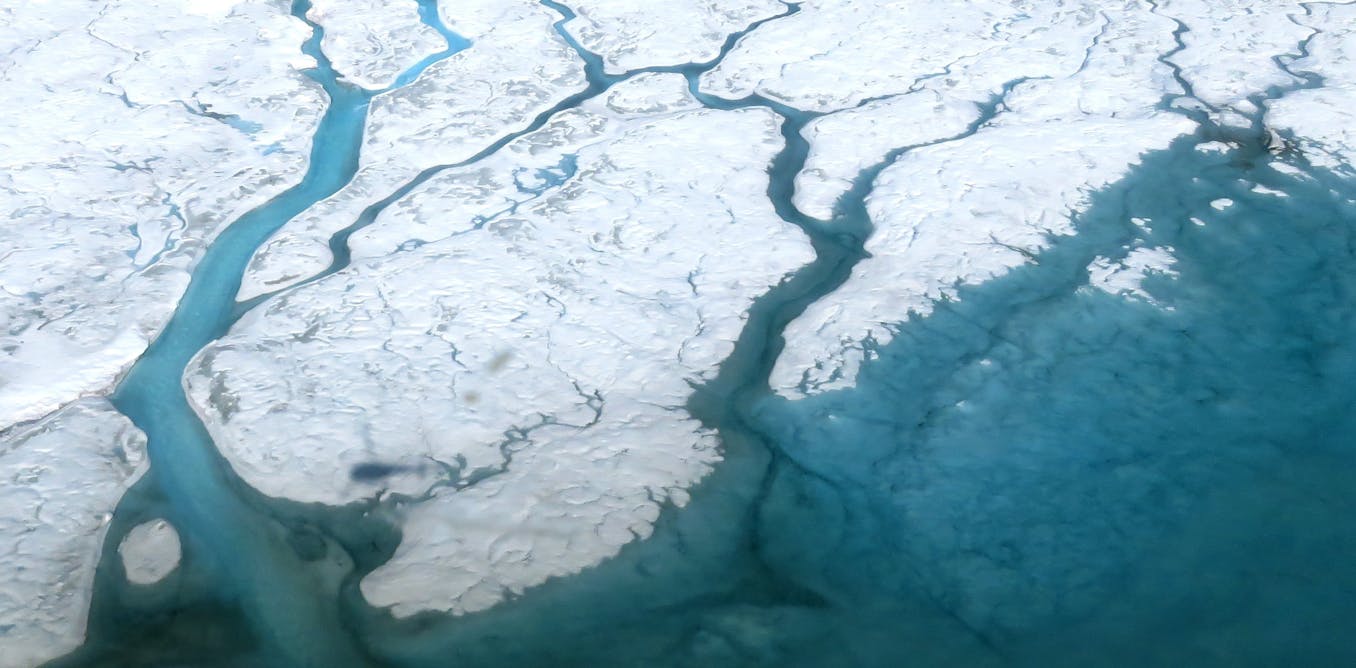Key insights
-
1
Tipping points explained
Tipping points are thresholds where small changes lead to significant, irreversible impacts.
-
2
Coral reefs at risk
Coral reefs may have already passed a tipping point due to rising marine temperatures.
-
3
Amazon rainforest threats
The Amazon faces multiple stressors that could trigger mass tree die-offs.
-
4
Ocean currents affected
Melting ice from Greenland threatens the Atlantic Meridional Overturning Circulation.
Takeaways
The risks posed by climate tipping points are significant and require immediate action to reduce greenhouse gas emissions. Every fraction of a degree of warming prevented can help mitigate these risks and protect vital ecosystems.

